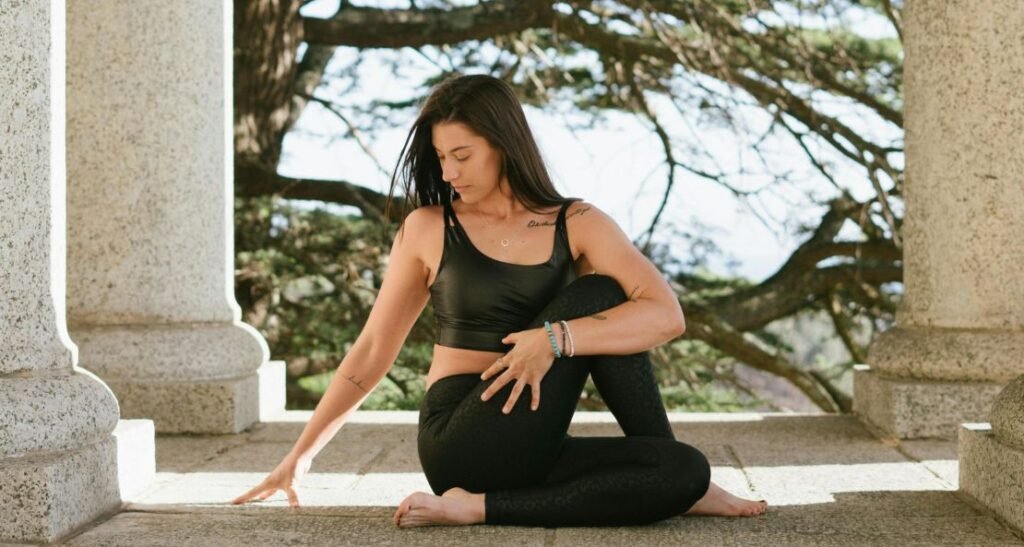Whether you’re a fitness enthusiast or someone who’s never set foot in a yoga studio, somatic yoga could be the answer to the tension or stress you’ve been carrying around.
Unlike traditional yoga, which might have you striving to touch your toes or balance on one leg, somatic yoga is all about tuning into how your body feels—no pretzel shapes required.
Somatic yoga is less about “performing” and more about reconnecting with your body and mind through gentle, mindful movements.
And here’s the best part—this approach works for everyone, even if you’ve never tried yoga before.
If you’re curious about how to relieve stress, improve mobility, or manage anxiety, you’re in the right place.
If you’re looking for a workout that enhances both your mind and body, combining somatic yoga with music could provide an extra boost to your routine.
Curious about how music can impact your workout?
Check out for more on the connection between music, mood, and performance.
What Exactly is Somatic Yoga?
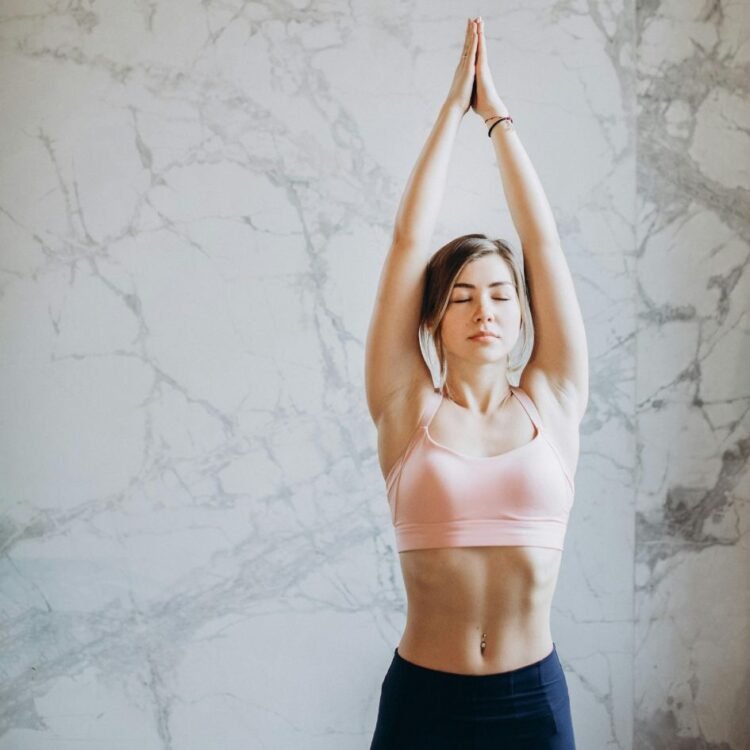
Somatic yoga is rooted in the concept of somatics, a practice that focuses on the brain-body connection, aiming to help you move in a way that feels good.
Imagine waking up muscles that have been in a slumber from too much sitting or tension.
Instead of forcing your body into traditional yoga poses, somatic yoga invites you to explore simple, gentle movements with full awareness, releasing tension that may have built up over time.
If you’re looking for a workout that’s not about burning calories or pushing your physical limits but rather re-educating your muscles and nervous system, somatic yoga is perfect.
Whether you’re new to exercise or a seasoned athlete, pairing your practice with a fantastic playlist can amplify the benefits.
Check out our article, Boost Your Workout with the Science of Upbeat Music.
Somatic Yoga vs. Traditional Yoga: What’s the Difference?
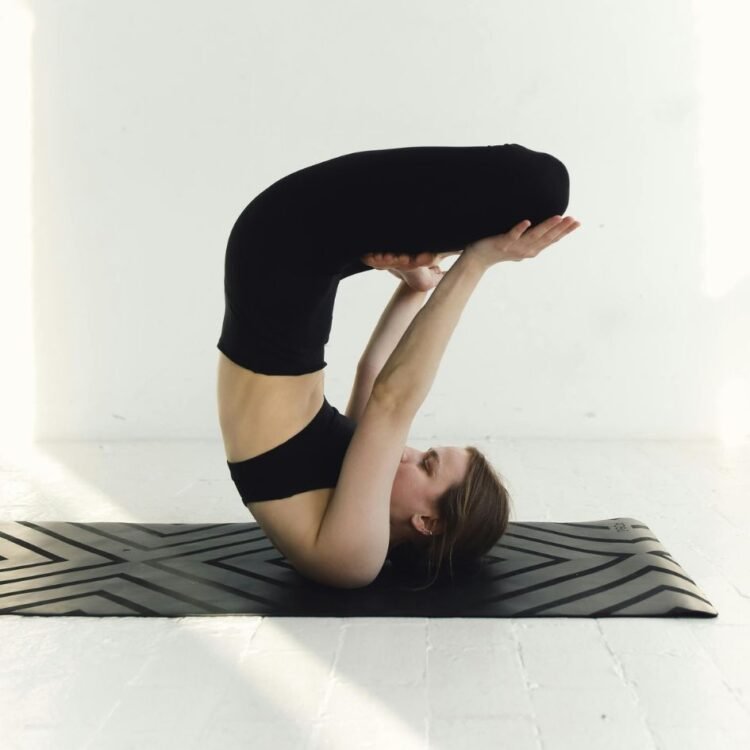
Now, let’s clear something up—somatic yoga isn’t just “slow yoga.” Traditional yoga often focuses on holding specific poses to build flexibility, strength, or mindfulness.
Somatic yoga, on the other hand, is about moving in a way that retrains your muscles and helps release chronic tension.
It’s like the difference between doing a choreographed dance and simply letting your body move to the beat.
And speaking of beats, a well-curated playlist can turn your somatic practice into an even more transformative experience.
If you’re looking for the perfect workout tracks, be sure to check out Rev Up Your Routine: The Top 40 Workout Songs to Listen to in 2024.
Why Should You Care About Somatic Yoga?
You don’t need to be flexible or spiritually inclined to benefit from somatic yoga.
Here’s why it might just be the stress-buster you didn’t know you needed:
- Chronic Pain Relief: Somatic yoga teaches your muscles to relax and move more efficiently, helping to alleviate those aches and pains that seem to never go away. The practice can even help reverse sensory motor amnesia—when your brain forgets how to properly control certain muscles.
- Stress and Anxiety Reduction: Somatic yoga activates the parasympathetic nervous system, which helps calm your body’s “fight or flight” response. This can reduce anxiety and help you feel more grounded.
- Trauma Release: Your body stores tension from emotional trauma, and somatic yoga can gently help release this tension. It’s particularly helpful for those dealing with trauma-related stress, or PTSD.
Curious about how music can reduce stress and improve mental clarity?
Pairing your practice with soothing or upbeat music can be a game-changer.
Never Tried Yoga? Somatic Yoga is for You!
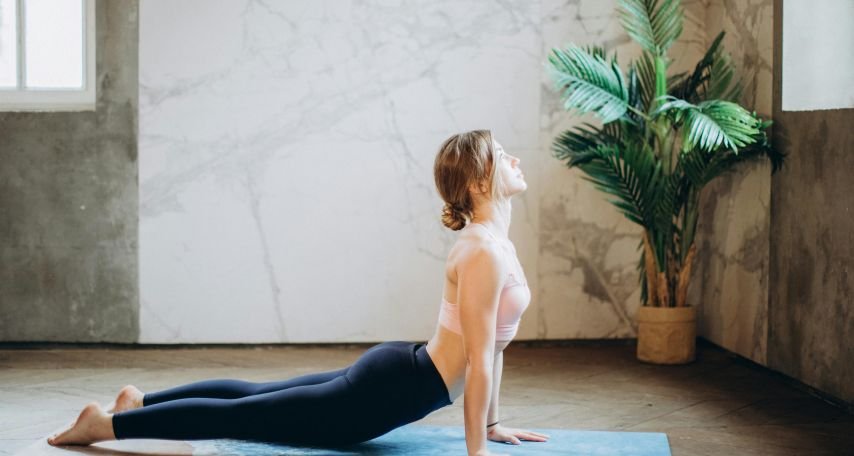
One of the best things about somatic yoga is that it’s accessible.
You don’t need any prior yoga experience, fancy equipment, or extreme flexibility.
You just need to be willing to slow down and pay attention to your body’s cues.
If you’ve ever felt intimidated by the idea of yoga, this might be the perfect place to start.
You won’t be judged by how deep you can stretch—this is a practice that encourages you to find what feels right for you.
There’s no need to worry about nailing complex poses; it’s all about getting in touch with your body.
Looking for a different type of fitness challenge? Combining somatic movements with bodyweight exercises can take your fitness routine to the next level.
Check out Callisthenics Workouts: A Complete Guide for Beginners to see how you can blend mindful movements with strength-building exercises.
How Somatic Yoga Benefits Your Everyday Life
Aside from being a great way to move and feel better, somatic yoga has lasting impacts on your day-to-day life.
Whether you sit at a desk for hours or find yourself stressed out more often than not, somatic yoga can help you feel more relaxed, focused, and in control of your physical and emotional well-being.
It’s also a great way to introduce movement into your life without the pressures of traditional fitness routines.
Somatic yoga can be as simple as stretching at your desk or lying down on a yoga mat for a few minutes of mindful movement.
You can do it daily or a few times a week—just enough to start feeling the difference.
And if you’re someone who enjoys music while working out, pair your practice with our high-energy playlist to keep your motivation up.
Somatic Yoga vs. Yin Yoga: Slow and Steady
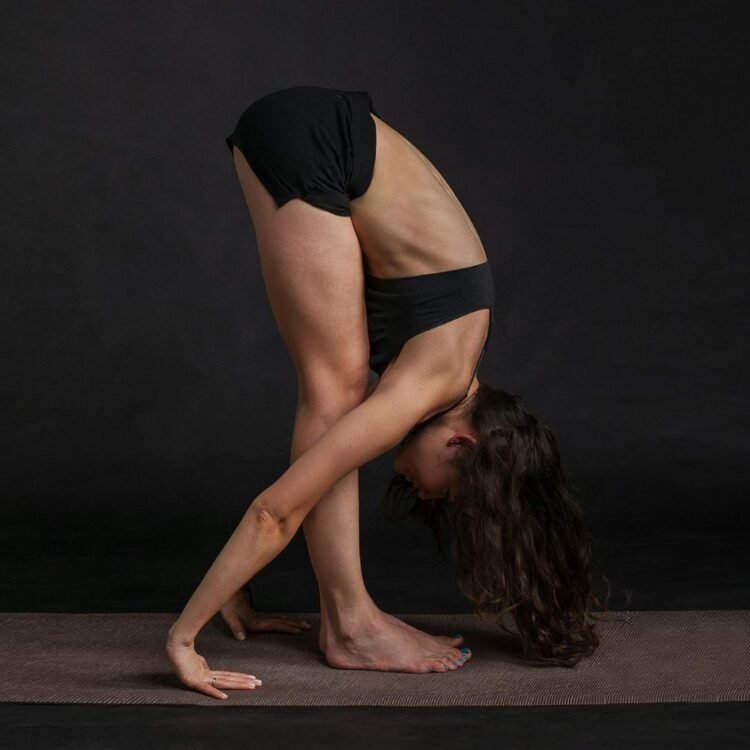
While both somatic and Yin yoga emphasise slow, intentional movements, there’s a key difference.
Yin yoga is about holding poses for long periods to stretch deep into the connective tissues, while somatic yoga focuses more on releasing tension through small, mindful movements.
Yin yoga can be great for flexibility, but somatic yoga digs deeper into the mind-body connection, helping your brain recalibrate how your muscles move and relax.


